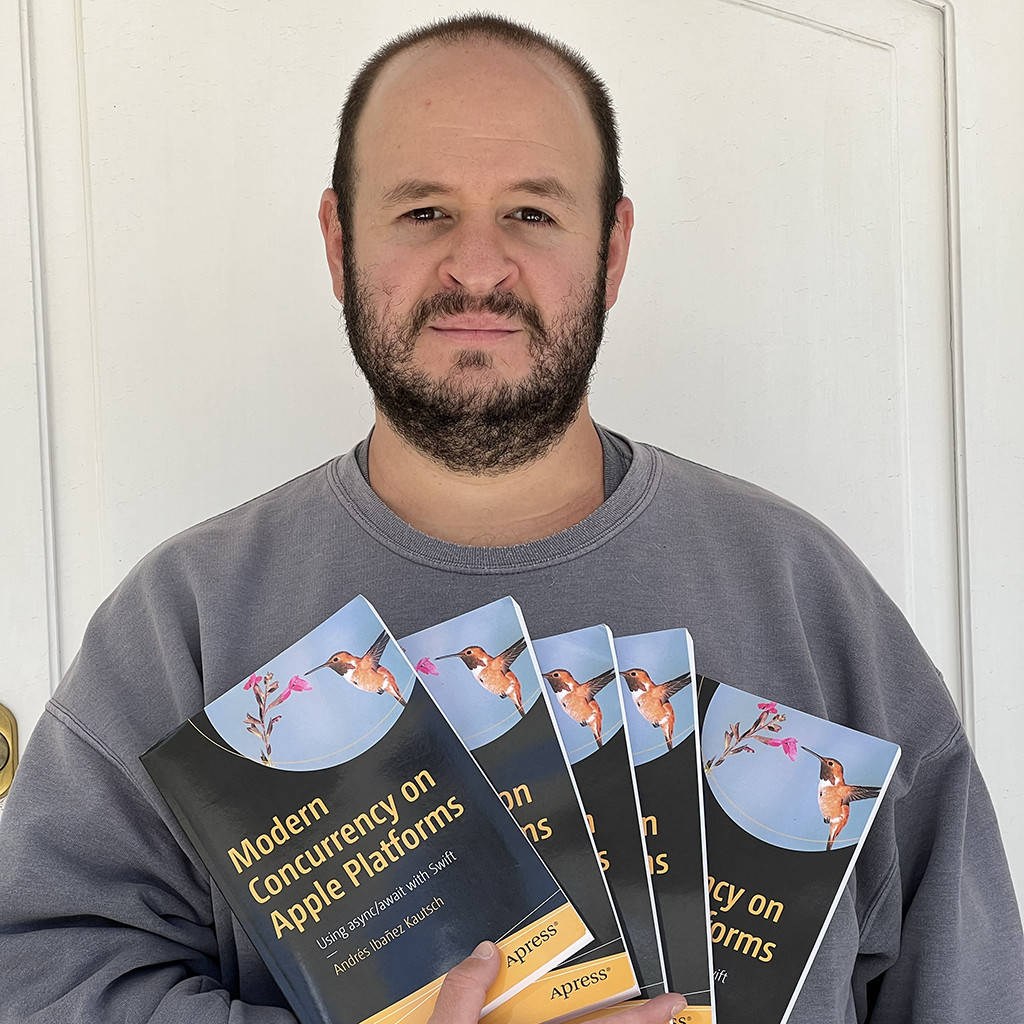Unstructured Concurrency With Detached Tasks in Swift
Published on
This article is part of my Modern Concurrency in Swift Article Series.
This article was originally written creating examples using Xcode 13 beta 1. The article, code samples, and provided sample project have been updated for Xcode 13 beta 3.
Table of Contents
- Modern Concurrency in Swift: Introduction
- Understanding async/await in Swift
- Converting closure-based code into async/await in Swift
- Structured Concurrency in Swift: Using async let
- Structured Concurrency With Task Groups in Swift
- Introduction to Unstructured Concurrency in Swift
- Unstructured Concurrency With Detached Tasks in Swift
- Understanding Actors in the New Concurrency Model in Swift
- @MainActor and Global Actors in Swift
- Sharing Data Across Tasks with the @TaskLocal property wrapper in the new Swift Concurrency Model
- Using AsyncSequence in Swift
- Modern Swift Concurrency Summary, Cheatsheet, and Thanks
Understanding async tasks is a requirement to read this article. If you don’t understand async tasks, you can read the Introduction to Unstructured Concurrency in Swift article from this Article Series
Throughout this article series, we have explored what async/await is. We have also gotten our feet wet by exploring structured concurrency with async let and Group Tasks. We have explored that sometimes, structured concurrency, while nice, is not going to cover all our cases, so we mentioned the existence of unstructured concurrency and we have explored how to use Task {} blocks to launch unstructured tasks.
In this article, we will explore the final method to implement unstructured concurrency by using the most flexible method provided to us by Swift 5.5: Detached tasks.
Introducing Detached Tasks
Out of all the concurrency options we have explored in the new async/await system, detached tasks offer the most flexibility. They can be launched from anywhere, their lifetime is not scoped, you can cancel them manually (through a Task.Handle) and await them, and they are the one type of tasks that don’t inherit anything from the parent tasks. Not even the priority. They are independent from their context.
Detached tasks are useful when you need to perform a task that is completely independent of the parent task. One example is downloading images from the network, and later caching them to disk (this example is used by Apple in the WWDC2021 Explore Structured Concurrency in Swift talk). The caching operation can happen in a detached task because once we have the image, there is no reason that a cancellation on the download task should cause the caching operation to be cancelled as well.
func storeImageInDisk(image: UIImage) async {
guard
let imageData = image.pngData(),
let cachesUrl = FileManager.default.urls(for: .cachesDirectory, in: .userDomainMask).first else { return }
let imageUrl = cachesUrl.appendingPathComponent(UUID().uuidString)
try? imageData.write(to: imageUrl)
}
func downloadImageAndMetadata(imageNumber: Int) async throws -> DetailedImage {
let image = try await downloadImage(imageNumber: imageNumber)
Task.detached(priority: .background) {
await storeImageInDisk(image: image)
}
let metadata = try await downloadMetadata(for: imageNumber)
return DetailedImage(image: image, metadata: metadata)
}
We have created a storeImageInDisk task. Then we call this method within a Task.detached in downloadImageAndMetadata. Right after the image is downloaded, we will try to cache it.
It’s really simple, and once you understand Task {}, you can understand Task.detached {}. When launching a detached task, you can specify the priority. In our case, we used background, because it’s not a user task that needs to finish with high priority. .userInitiated would mean the user cares about that task, and it needs to have high priority.
Because these tasks are unstructured, Task.detached will return a Task handle we can use to cancel the task at any time. Note that, while Task.detached is independent of the task that launched it, all other tasks started within it will still depend on Task.detached, so if you cancel a Task.detached task, all of its children will be marked as cancelled, save for a case in which you run another Task.detached within Task.detached, and so on.
Summary
Task.detached is not too hard to understand once you understand Task {}. They behave almost the same way. The main differences are Task.detached will not inherit anything from the parent context. You can cancel both manually. They are great for running non-dependent tasks at any given time.
